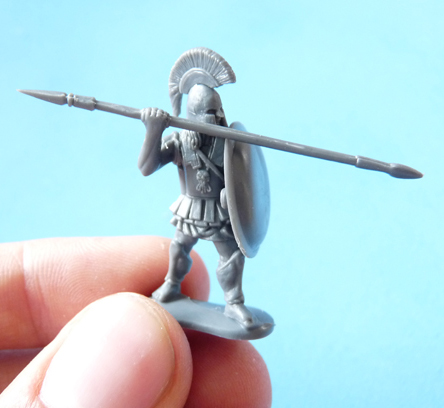
A complete shield (which fell to pieces) and fragments of others were found in the first excavation of Olympia, and the metal parts of no fewer than seventeen in the recent researches of the German Institute on the same site ( Ol iv, 163–4 and Jdl lii (1937) Olympiabericht, 54 ff.).

8.įortunately we have direct and remarkably complete evidence for the size of hoplite shields in use in the Peloponnese in the seventh and early sixth centuries. Again, the pattern at which the artist aims must be taken into account there can be no other motive for the difference in size between the shields on a Middle Corinthian cup reproduced op. 31 are disproportionately large the figures of the combatants are squat, but the one on the left, naturally the only one whose shield-arm is visible, has an equally disproportionate length of arm which would equal that of Rob Roy. Thus on the Hymettus amphora the shields clearly indicated as hoplite are too small for their rôle in relation to the total height of the bearers, but only because their legs are preposterously long. Payne himself notes that length of limb is a feature of proto-Corinthian and all early archaic figures ( op. It is difficult in examining the shields to which Payne draws attention to decide how far the varying size depends on the artist's view of the proportions of the human body.

The hoplite shield was large this comes out in Herodotus' account of the Anatolian contingents in Xerxes' host, whose undoubtedly single-grip shields are repeatedly described as small, and in the changes which Iphikrates found necessary in training troops which should be heavyarmed but of more than hoplite mobility (Diod. Payne (NC, 99) calls attention to a change from a smaller to a larger shield which takes place in the latest phase of proto-Corinthian, i.e., in the third quarter of the seventh century, after which the larger shield is established. note 3 Though I have not measured examples numerous enough to establish an average, 17 inches or very little less appears to be an ordinary measurement for a man of medium height, which gives a diameter of 34 inches for the shield the proportion to the subject's height in vase-paintings unfortunately cannot be used for precise confirmation.


 0 kommentar(er)
0 kommentar(er)
